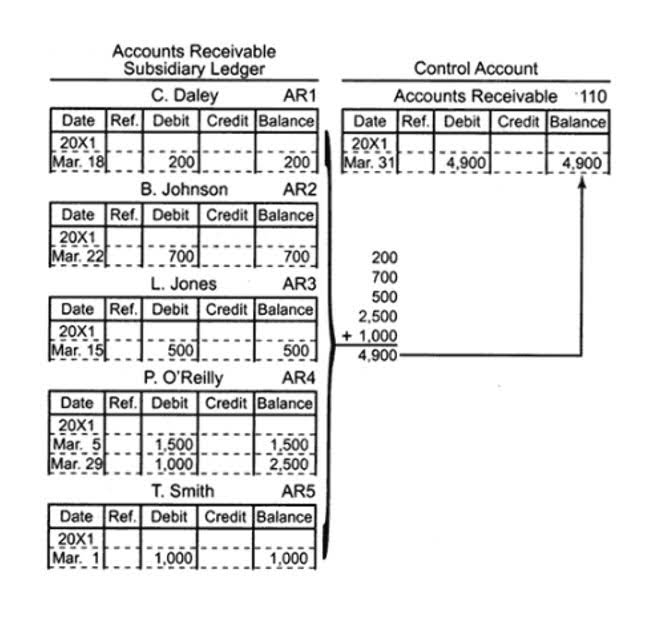Cooking with Alcohol Is This OK in Recovery?
Wine is often used in cooking and is a key ingredient in many sauces and marinades. It is also used as a flavoring in some desserts and as an accompaniment to a variety of dishes. It can be added as an ingredient to add specific flavors or it can be part of an ingredient, such as extracts. Many cookbooks and cooks tell the consumer that the “alcohol will have burned off,” however the process is more complicated than this simple statement implies. Alcohol does boil at a lower temperature than water – 86 degrees centigrade vs. 100 degrees C.
Enroll in Alcohol Addiction Treatment at The Right Step Houston in Texas
Recovery Ranger is a website that offers direction and support for those seeking to overcome addiction and achieve lasting sobriety. Our team of specialists helps individuals navigate the recovery process and stay motivated. We are focusing on building a drug-free peaceful community. Alcohol is an organic compound that is produced by the fermentation of starches and sugars. It is one of the oldest known drugs and has been used for centuries for religious, medicinal, and recreational purposes.
However, if they were a bourbon drinker, cooking with bourbon or similar tasting alcohol could trigger a craving. Wine can add complexity and depth to dishes, and it can also help to bring out the flavors of certain ingredients. Wine can also help to tenderize meat, making it more tender and flavorful.
Alcohol Cooking Substitutions
The alcohol in an extract can serve as a preservative and should preserve the aroma and taste of the original ingredient that it is made from. It also acts as a carrier across mucous membranes, thus facilitating absorption into the bloodstream. Extracts contain a very high percentage of alcohol, but the total dose of alcohol is low, so that the amount of alcohol actually consumed is very low. If one mixed 30 drops of a common extract into 2 ounces of water, the resulting alcohol content would be 0.59% which is the equivalent of consuming 1/65th of a bottle of beer or 1/85th of a glass of wine.
The amount of alcohol remaining in food after cooking can vary depending on how it’s cooked and for how long. According to the USDA’s Nutrient Data Lab, the percentage of alcohol that stays in food after cooking ranges from as little as 5% to as much as 49%. Some insist that alcohol in food or cooking is nothing to worry about, often citing a commonly held belief that alcohol gets cooked out of foods during the preparation process. They claim that alcohol is literally boiled off during heating or cooking and its alcoholic potency is destroyed or eliminated.
- If it’s a difficult topic to approach, steer on the safe side and simply choose a recipe that doesn’t call for alcohol content.
- This is a common question and concern for many people seeking treatment for their addiction.
- One tip is to add the wine at the end of the cooking process, as this will reduce the amount of time that the wine is exposed to heat.
- Adding temptation to your recovery may be a recipe for disaster instead.
Bon Appetit? Can A Person In Recovery Cook With Alcohol?
The actual amount of alcohol from the beer that sticks around in the final food when it’s ready to serve will be miniscule, but can alcoholics have food cooked with alcohol it might not necessarily be 0%. Beer already has a relatively low alcohol content, and then you’re cooking a lot of it off in the deep frying, just to keep a bit of the flavor. Be aware that alcohol doesn’t burn off during cooking, this is a common mistake. Even the smallest amounts of food with alcohol can adversely affect someone who is recovering from alcoholism, even if it’s consumed accidentally. Getting help for alcoholism at The Recovery Village Columbus can greatly improve the chances of overcoming alcohol addiction.
When I go to the store, I can check the label and right on the front the companies frequently put “contains wheat, soy, milk, carageenan, phenylketunorics” etc. Perhaps they could go one step further and list whether it has any alcohol.I looked up the label online for Tesco’s caramel panna cotta, but I don’t know how high the alcohol content is. One thing you hear frequently is that it does not matter if the alcohol is cooked off and rendered ineffective. I find the smell of alcohol to trigger some sort of memory, if not craving, so why would the taste be any different? I am especially interested in how different countries handle these things. A few years ago my family traveled to Ukraine, and there the sale of fermented drinks that we Americans would consider alcoholic is legal for all ages.
Rules to Live By If You Cook with Alcohol
Some people can consume food with alcohol without experiencing that triggering, especially if they don’t know it’s present, but many of them do end up struggling with their sobriety. Though simmering a pot roast at 185° for 2 ½ hours removed 95% of the red wine added, 25 minutes of baking at 375° F retained 45% of the dry sherry in scalloped oysters. Because brandy alexander pie involves no cooking, the researchers were hardly surprised to find that 75% of its alcohol ended up on the dessert plate. I have 27 years and ten months continuous sobriety and I sometimes wonder about Dijon mustard, which is made with white wine. If I do happen to buy it I never think about the alcohol while eating my hotdogs and it’s never really been a problem. I remind myself that fruit juices contain a certain amount of alcohol as a result of natural fermentation, the highest, I’ve learned, being 0.09% by volume.
First, doing so gives your body time to process the alcohol that has been consumed. (See No. 5 on this list for why this choice is important.) Secondly, alcohol is a diuretic (which means it increases the rate of urination) so drinking water can also help prevent dehydration. Dehydration can lead to fatigue, dizziness, confusion, and even serious complications like urinary tract infections, kidney stones, and seizures. Alcohol consumption can have a variety of short-term and long-term effects on the body.
If you wonder if you can cook with alcohol in recovery, you’ll want to know about possible dangers and some alternatives you may use instead. Recovery is a challenging journey that requires vigilance, discipline, and a commitment to complete abstinence. Consuming food cooked with alcohol presents an unnecessary risk that could compromise the achievements made in recovery. It is important to avoid consuming food that has been prepared with alcohol to ensure a safer path to recovery.
For water, though one may have to boil a beer for 30 minutes to get it down to the NA or nonalcoholic category, which by law means it contains less than .5 percent alcohol. But when you’re in recovery and a recipe calls for you to cook with alcohol, you want to be careful. Many recipes call for just a splash of this or a quarter of a cup of that. This may leave you with pretty significant amounts of alcohol left in your refrigerator. Adding temptation to your recovery may be a recipe for disaster instead.











Recent Comments